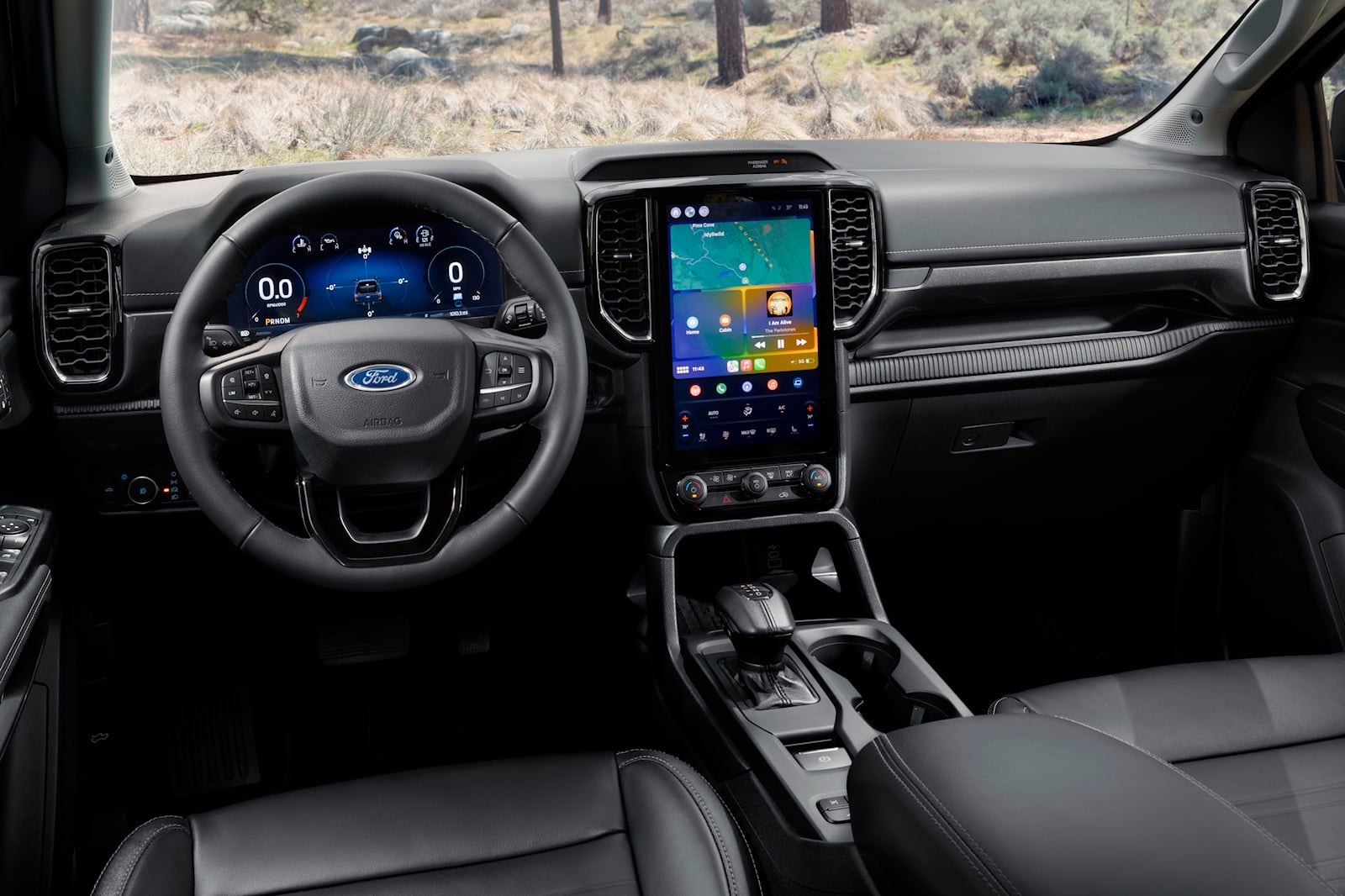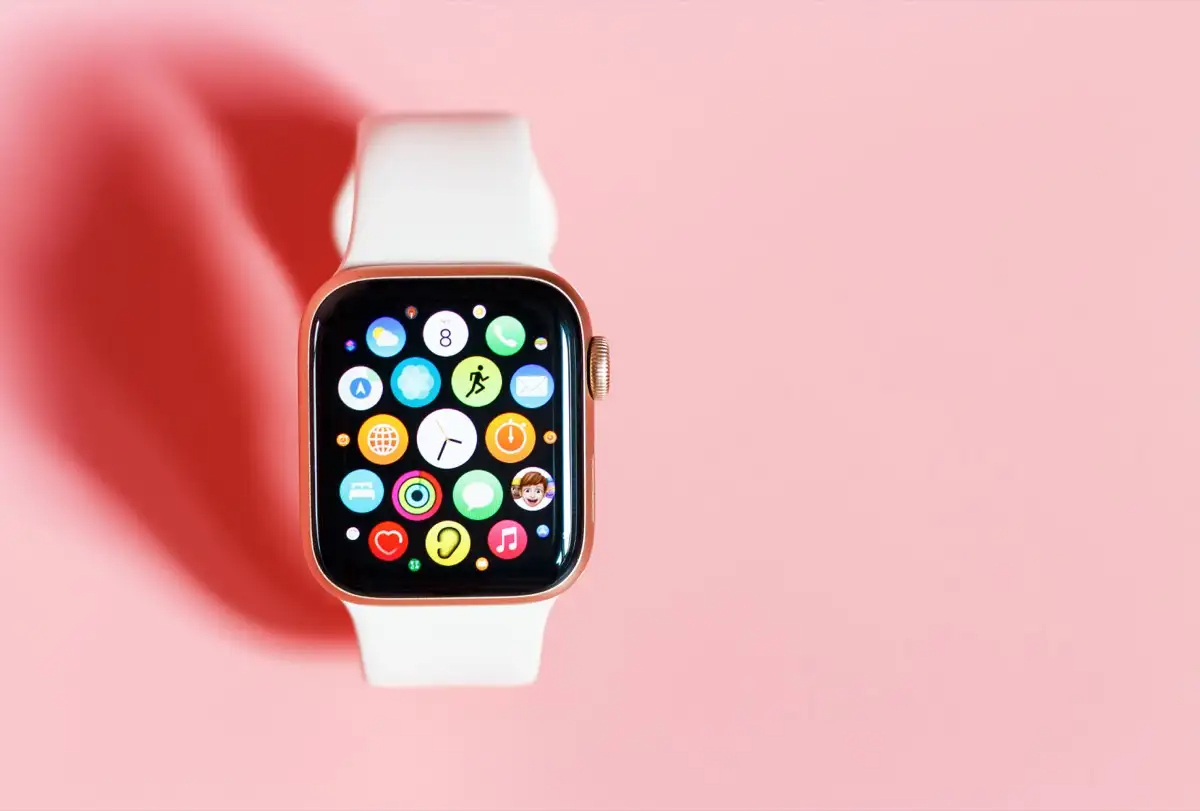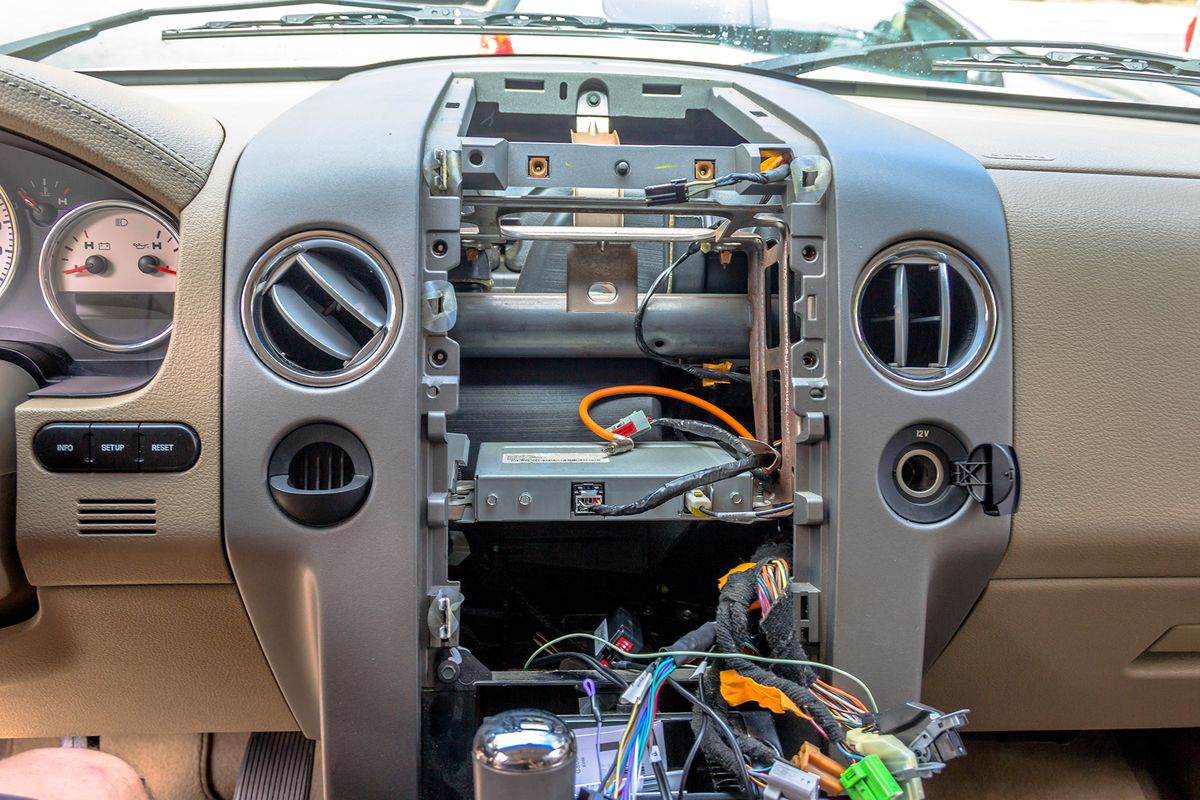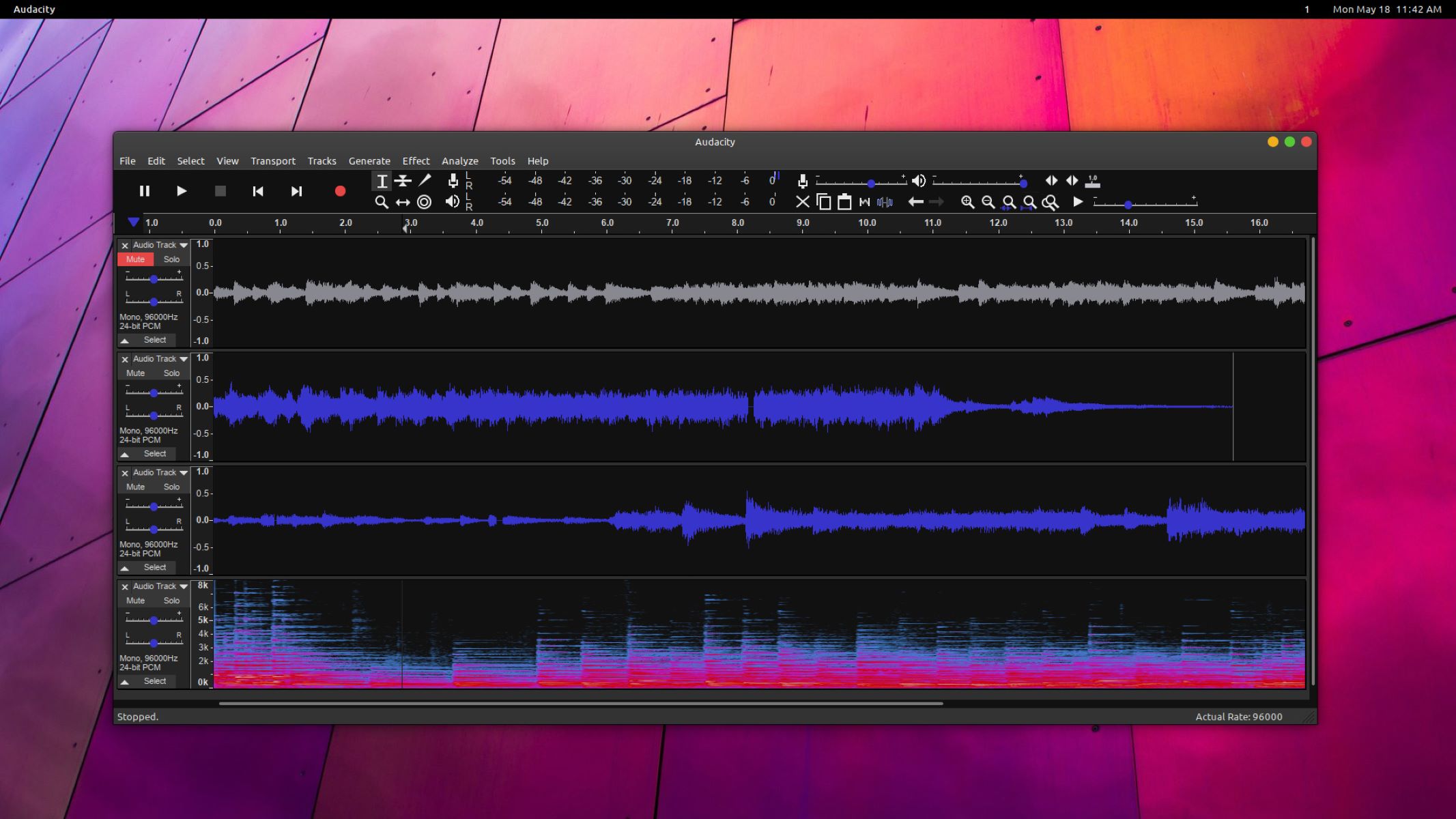Home>Instruments>Guitar>How To Remove Stickers From A Guitar


Guitar
How To Remove Stickers From A Guitar
Published: February 14, 2024
Learn effective methods for removing stickers from your guitar without damaging the finish. Discover safe techniques for restoring your guitar's pristine appearance.
(Many of the links in this article redirect to a specific reviewed product. Your purchase of these products through affiliate links helps to generate commission for AudioLover.com, at no extra cost. Learn more)
Table of Contents
Introduction
So, you've acquired a new (or new-to-you) guitar and you're excited to start strumming away. However, there's one little problem: it's covered in stickers that are not exactly your style. Or perhaps you've had your trusty guitar for a while, and the stickers that once seemed cool are now just an eyesore. Whether you're a seasoned musician or just starting out, learning how to remove stickers from a guitar is a valuable skill to have in your arsenal.
Stickers can be stubborn and often leave behind residue that seems impossible to eliminate. But fear not! With the right tools, techniques, and a little bit of patience, you can restore your guitar to its former glory. In this guide, we'll walk you through the step-by-step process of safely and effectively removing stickers from your guitar without causing any damage.
By the end of this tutorial, you'll be equipped with the knowledge and confidence to tackle this task and have your guitar looking pristine once again. So, grab your guitar and let's get started on this sticker removal journey!
Step 1: Gather Your Supplies
Before embarking on the sticker removal process, it’s essential to gather the necessary supplies. Having the right tools at your disposal will make the task more manageable and help prevent any damage to the guitar’s finish. Here’s what you’ll need:
- Hairdryer or Heat Gun: A hairdryer or heat gun will be used to apply heat to the stickers, which helps loosen the adhesive, making it easier to remove.
- Goo Gone or Rubbing Alcohol: These products are effective in breaking down the adhesive residue left behind by the stickers.
- Plastic Scraper: A plastic scraper or a credit card can be used to gently lift the stickers from the guitar’s surface without causing scratches.
- Soft Cloth: A soft, clean cloth will be used to wipe away any residue and polish the guitar once the stickers are removed.
- Mild Soap and Water: This will be used for the final cleaning to ensure that any remaining residue is completely removed.
- Guitar Polish: Once the stickers and residue are gone, guitar polish will help restore the shine and luster of the guitar’s finish.
By ensuring you have these supplies on hand, you’ll be well-prepared to tackle the sticker removal process with ease. With everything in place, you’re ready to move on to the next step and begin the journey to restore your guitar to its former glory.
Step 2: Test the Area
Before diving into the sticker removal process, it’s crucial to test a small, inconspicuous area of the guitar to ensure that the method you plan to use does not cause any damage. This step is especially important if you’re dealing with a vintage or delicate guitar finish.
Start by selecting a spot on the guitar that is not prominently visible, such as the back of the headstock or the interior of the guitar’s body. Apply a small amount of Goo Gone or rubbing alcohol to a soft cloth and gently dab it on the test area. If using a heat gun, apply low heat to the test area for a brief period.
Observe the test area for any adverse reactions. If the finish appears to be unaffected and there are no signs of damage, you can proceed with confidence, knowing that the chosen method is safe for your guitar’s surface.
However, if you notice any negative effects such as discoloration, smudging, or changes in the finish, refrain from using the selected method and consider alternative approaches to avoid compromising the guitar’s appearance.
By conducting this simple test, you can safeguard your guitar against potential damage and proceed with the sticker removal process with peace of mind, knowing that you’ve chosen a safe and effective method for your specific instrument.
Step 3: Use Heat
Heat is a highly effective tool for loosening the adhesive of stickers, making them easier to remove from the guitar’s surface. Before applying heat, it’s important to ensure that the guitar is at room temperature to prevent any adverse effects on the finish. Here’s how to use heat to remove stickers from your guitar:
- Prepare the Surface: Ensure that the guitar is clean and free of any dust or debris. This will prevent particles from becoming trapped under the stickers during the removal process.
- Apply Heat: Hold a hairdryer or heat gun several inches away from the sticker and set it to a low or medium heat setting. Gently wave the heat source over the sticker in a back-and-forth motion, heating the area evenly for about 30 seconds to 1 minute. Be cautious not to concentrate the heat in one spot for too long, as excessive heat can damage the guitar’s finish.
- Test the Adhesive: After applying heat, attempt to lift a corner of the sticker using a plastic scraper or your fingernail. If the adhesive begins to release, continue to carefully peel the sticker away from the guitar’s surface. If the sticker resists, apply additional heat as needed and test again until the adhesive loosens.
- Proceed with Caution: As the adhesive loosens, work slowly and gently to peel the sticker off, ensuring that you do not rush the process or apply excessive force, which could damage the finish.
Using heat to remove stickers from your guitar can be a delicate process, so it’s essential to exercise patience and care throughout. By following these steps, you can effectively loosen the adhesive and prepare the stickers for safe removal without causing harm to your instrument.
Step 4: Apply Goo Gone or Rubbing Alcohol
Once the stickers have been loosened with heat and carefully peeled away, it’s common to find residual adhesive left behind on the guitar’s surface. To tackle this sticky residue, you can turn to two effective solutions: Goo Gone and rubbing alcohol.
Goo Gone: This commercial cleaning product is specifically designed to break down and remove sticky residue. Apply a small amount of Goo Gone to a clean, soft cloth and gently dab it onto the areas with adhesive residue. Allow the Goo Gone to sit for a few minutes to penetrate the adhesive, then use the cloth to wipe away the residue. Repeat as necessary until the surface is free of sticky remnants.
Rubbing Alcohol: If Goo Gone is not available, rubbing alcohol can serve as an effective alternative. Moisten a soft cloth with rubbing alcohol and gently dab it onto the areas with adhesive residue. Similar to the process with Goo Gone, allow the rubbing alcohol to sit for a short duration before wiping away the residue. Repeat as needed until the surface is clean and free of any remaining adhesive.
It’s important to exercise caution when using these products, ensuring that they are applied only to the areas with adhesive residue and not to the surrounding finish of the guitar. Additionally, always test a small, inconspicuous area first to confirm that the chosen solution does not cause any adverse effects to the guitar’s surface.
By applying Goo Gone or rubbing alcohol, you can effectively eliminate the stubborn adhesive residue left behind by the stickers, leaving your guitar’s surface smooth and free of sticky remnants.
Step 5: Use a Plastic Scraper
After applying Goo Gone or rubbing alcohol to remove the adhesive residue, you may find that some stubborn remnants are still clinging to the guitar’s surface. In such cases, a plastic scraper can be a valuable tool for gently lifting and removing the remaining residue without causing damage to the finish.
When using a plastic scraper, it’s important to exercise caution and patience to avoid scratching or marring the guitar’s surface. Here’s how to effectively use a plastic scraper to tackle persistent adhesive remnants:
- Select a Plastic Scraper: Choose a plastic scraper with a flat edge that is not sharp or abrasive. Alternatively, a credit card can also be used as a makeshift scraper, as its flexible plastic material is less likely to cause damage.
- Gently Scrape the Residue: Hold the plastic scraper at a slight angle and carefully work it under the remaining adhesive residue. Use gentle, controlled motions to lift and scrape away the residue, taking care not to apply excessive pressure that could damage the finish.
- Repeat as Needed: Continue to work methodically across the affected areas, lifting and removing the residue with the plastic scraper. If necessary, reapply Goo Gone or rubbing alcohol to further loosen stubborn remnants before gently scraping them away.
By using a plastic scraper with care and precision, you can effectively remove the last traces of adhesive residue from your guitar’s surface, leaving it smooth and pristine once again. This step brings you closer to the final stages of restoring your guitar to its original, sticker-free state.
Step 6: Clean the Residue
After removing the adhesive residue with a plastic scraper, it’s essential to thoroughly clean the guitar’s surface to ensure that no sticky remnants remain. This step involves using a mild soap and water solution to gently cleanse the area and prepare it for the final polishing stage. Here’s how to effectively clean the residue from your guitar:
- Prepare the Cleaning Solution: Mix a small amount of mild soap, such as dish soap or a gentle guitar cleaner, with water to create a mild soapy solution.
- Dampen a Soft Cloth: Moisten a soft, clean cloth with the soapy solution, ensuring that it is not overly saturated. Wring out any excess water to prevent dripping.
- Gently Wipe the Surface: Use the dampened cloth to gently wipe the affected areas of the guitar, ensuring that any remaining residue is lifted away. Exercise care to avoid excessive moisture on the guitar’s surface, especially around soundholes, electronics, and other sensitive areas.
- Dry the Surface: Following the gentle cleaning, use a separate dry cloth to carefully dry the cleaned areas, removing any residual moisture and ensuring that the guitar’s finish is not exposed to prolonged dampness.
By cleaning the residue with a mild soap and water solution, you can effectively eliminate any lingering traces of adhesive and prepare the guitar’s surface for the final polishing step. This thorough cleansing ensures that your guitar will be free of any sticky remnants, setting the stage for the last phase of the sticker removal process.
Step 7: Polish the Guitar
After successfully removing the stickers and cleansing the guitar’s surface, the final step in the restoration process involves polishing the instrument to restore its shine and luster. This step not only enhances the visual appeal of the guitar but also provides a protective layer for the finish. Here’s how to effectively polish your guitar:
- Select a Quality Guitar Polish: Choose a reputable guitar polish that is suitable for your guitar’s finish. Be sure to avoid polishes containing abrasive compounds, as these can cause micro-scratches and diminish the finish over time.
- Apply a Small Amount of Polish: Place a small amount of guitar polish onto a clean, soft cloth. It’s important to use a modest amount of polish to avoid over-application, which can lead to streaking and buildup.
- Gently Polish the Surface: Using the cloth, gently rub the polish onto the guitar’s surface in circular motions, working methodically across the entire instrument. Take care to cover the entire surface, including the body, neck, and headstock, to ensure a consistent finish.
- Buff to a Shine: Once the polish has been evenly applied, use a separate clean cloth to buff the surface, removing any excess polish and revealing a beautiful, glossy finish. Continue buffing until the guitar’s surface gleams with a renewed brilliance.
By polishing your guitar, you not only enhance its aesthetic appeal but also provide a protective layer that helps guard against environmental elements and maintains the integrity of the finish. This final step adds the perfect finishing touch to the sticker removal process, leaving your guitar looking immaculate and ready to take center stage once again.
Conclusion
Congratulations! You’ve successfully navigated the process of removing stickers from your guitar, restoring its pristine appearance and reclaiming its visual allure. By following the step-by-step guide outlined in this tutorial, you’ve not only eliminated the unwanted stickers but also learned valuable techniques for preserving the integrity of your instrument’s finish.
Throughout this journey, you’ve gathered the essential supplies, tested the removal method to ensure the safety of your guitar’s surface, and employed heat, cleaning agents, and gentle scraping to effectively eliminate the stickers and adhesive residue. The meticulous care and attention to detail you’ve demonstrated in this process reflect your dedication to maintaining the beauty and quality of your guitar.
As you conclude this undertaking, take a moment to admire the transformation you’ve achieved. Your guitar now stands as a testament to your commitment to its care and maintenance. The removal of stickers has not only revitalized its appearance but also renewed your connection to the instrument, allowing you to fully appreciate its inherent elegance.
Remember, the skills and knowledge you’ve gained in this endeavor extend beyond sticker removal. They embody a deeper understanding of the importance of proper maintenance and preservation of your guitar, ensuring that it continues to inspire and accompany you on your musical journey for years to come.
With your guitar now free from the constraints of unwanted stickers, it eagerly awaits your touch, ready to resonate with the melodies of your creativity. As you strum its strings and revel in the beauty of its restored finish, may your music flow unhindered, enriched by the harmony between instrument and artist.
So, pick up your guitar, let your fingers dance across the strings, and embrace the newfound radiance of your instrument. The removal of stickers has not only unveiled its true splendor but also uncovered a deeper connection between you and your beloved guitar.











